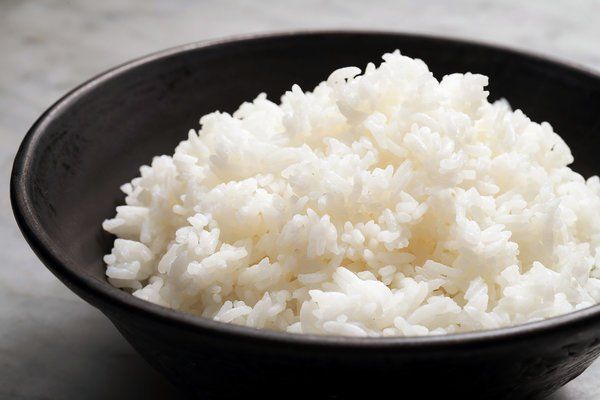Agriculture: A Viable Application of CRISPR-cas9?
By William Huang
You may have heard of the revolutionary technology, CRISPR-cas9, in many biomedical engineering applications. It has the potential to resurrect extinct species, develop cures for genetic diseases, and serve as a diagnostic tool. But have you heard about CRISPR-cas9 as it pertains to crops and agriculture?
Agriculture is the basis of all civilizations. It is well known that many early societies that lived in fertile areas were able to advance more quickly and create a more stable community. However, climate change and changing weather patterns have now put crops at risk for diseases and pets, potentially risking food shortages and crop failures. Therefore, our crops need to be more resilient, stable, and tolerant to varying climate patterns. CRISPR-cas9 capabilities in genome editing could potentially provide crops with those abilities.
CRISPR, or “Clustered Regularly Interspaced Short Palindromic Repeats”, is a molecule made up of repeated and regularly-spaced short palindromic DNA sequences. Between the repeats are “spacers” which are DNA sequences inserted by foreign organisms. The CRISPR molecule also includes CRISPR-associated genes, or Cas genes, which encode proteins that unwind DNA, and cut DNA, called helicases and nucleases, respectively.
Because of CRISPR’s abilities, it can perform many functions with DNA. CRISPR can induce a gene knockout or gene silencing using a single guide RNA (sgRNA) to target genes. With the RNA, the Cas9 endonuclease and perform a double stranded break. These breaks are then repaired by a DNA repair mechanism called the non-homologous end-joining (NHEJ). CRISPR can also perform genome editing using only RNA and proteins. This ability makes it desirable because it limits undesirable genetic alterations due to the plasmid DNA integrating at the cut site. By exploiting a cell’s homology-directed repair, CRISPR can also insert genes, portions known as “knock-ins.” Finally, CRISPR can silence a gene by modifying the Cas9, preventing it from cutting the DNA and causing it to target regions which will reduce transcriptional activity.
So how is CRISPR being applied to crops? Early studies using CRISPR - Cas9 for gene editing have focused on crops important for agriculture. It was realized early on that the system could be used in crops to improve traits, such as yield, plant architecture, plant aesthetics, and disease tolerance. For example, one problem that CRISPR-Cas9 has been fixing is helping patients with Celiac Disease. This disease causes people to not be able to consume wheat due to their immunoreactivity with its gluten content. Researcher Sánchez-Léon et al. has looked into the manipulation of the a-gliadin gene in order to minimize this gluten content. When consumed by a Celiac patient, the modified wheat would result in 85% less immunoreactivity than non-modified wheat.

A team of researchers led by Ying Wang in China used CRISPR to edit the rice genome. Using several CRISPR sgRNAs and successfully deleted fragments of the dense and erect panicle1 (DEP1) gene in the Indica rice line IR58025B, they were able to see Improvements in yield-related traits.

The Chinese Academy of Agricultural Sciences used the CRISPR-Cas9 system to induce mutations on GmFT2a, which affect the photoperiod flowering pathway of soybean. The developed soybean plants showed late flowering, resulting in increased vegetative size. It also showed that the mutation was stably inherited in the following generation.

Overall, CRISPR has shown great promise in many fields, from agriculture to medicine. As the technology is relatively new, it is exciting to see the various innovations CRISPR creates as we continue to research the mysterious genome.
Citations:
Image:
All Rights Reserved | Safe Covid-19 Relief Engineerning



